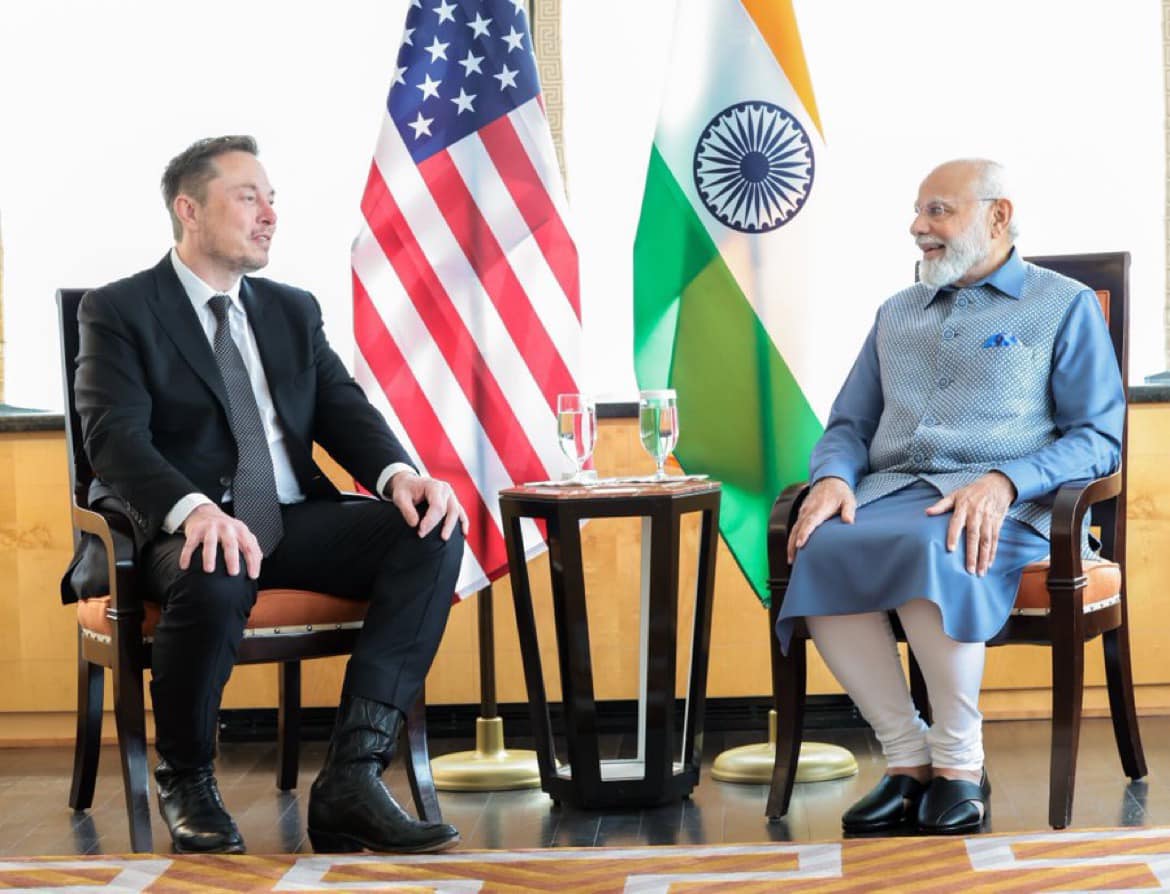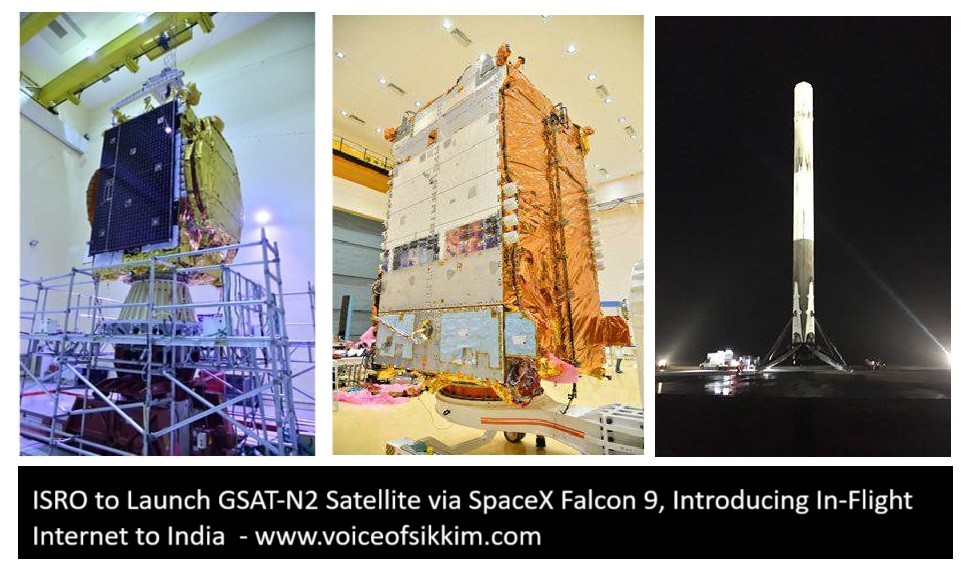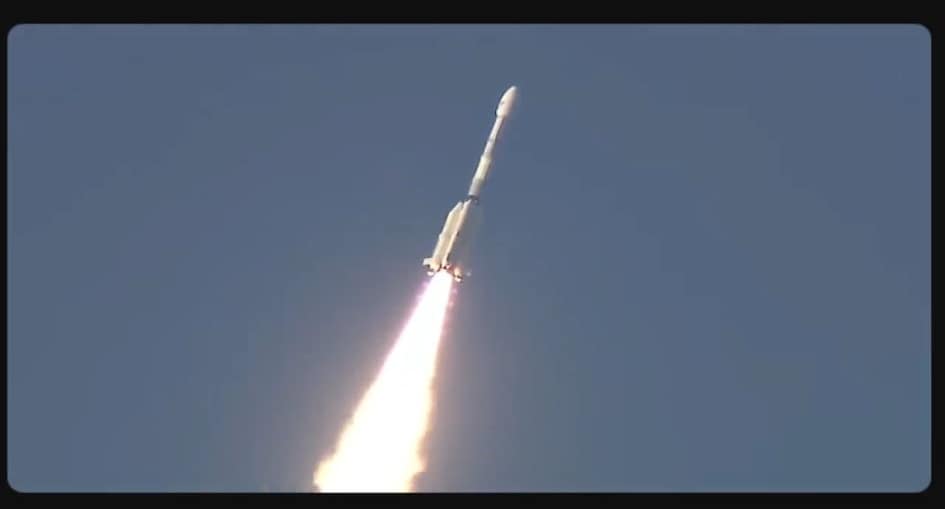
The U.S. Space Force (USSF) is looking to speed up the deployment of its satellites and other assets into orbit. To achieve this goal, the Space Force has requested $60 million for its “tactically responsive space” program, which has already successfully completed one demonstration mission, with another expected to launch in May. This is the first direct budget request for the program, which seeks to help the Space Force launch satellites and spacecraft at a much faster pace in response to potential adversarial activities in space. Through 2024 and 2025, the money will support the Pentagon’s efforts to investigate short-notice small satellite launch capabilities. The program is exploring the possibility of using commercial launch vehicle providers to prepare the necessary infrastructure to launch a payload into orbit quickly.
The defense sector has been interested in the capability to launch satellites and spacecraft into orbit quickly for some time, as it has many advantageous military applications. There have been concerns in the Pentagon that America’s space-based assets are vulnerable to attacks due to the increasing number of anti-satellite weapons and other capabilities developed by competitors. As the US military heavily relies on space-based assets, the ability to replace a satellite or enhance the capabilities of an existing one has become a top priority in potential conflict scenarios.
The USSF conducted its first demonstration mission, called TacRL-2, in 2021, using a Northrop Grumman Pegasus XL rocket. The mission successfully demonstrated the end-to-end approach to tactically responsive missions by integrating the space vehicle, launch vehicle, payloads, and ground elements in record time, according to a statement from the USSF at the time.
The USSF is requesting $60 million in funding for its “tactically responsive space” program, which aims to place satellites and other spacecraft into orbit quickly to counter potential adversarial offensives in space. The program has already conducted a successful demonstration mission, TacRL-2, and is planning another mission, TacRL-3, called Victus Nox. Firefly Aerospace Alpha rocket will launch the mission, and the satellite manufacturer Millennium Space Systems will provide the payload. The budget request ensures that the next launch won’t be the program’s last, with $30 million allocated for 2024 and 2025 each. The Space Force recently granted four private companies access to its launch pads at Cape Canaveral Space Force Station as part of its wider goal to expand its space infrastructure base.
For breaking news and live news updates, like us on Facebook fb.com/thevoiceofsikkim or follow us on Twitter twitter.com/thevoicesikkim and Instagram instagram.com/thevoiceofsikkim. Visit www.voiceofsikkim.com.







